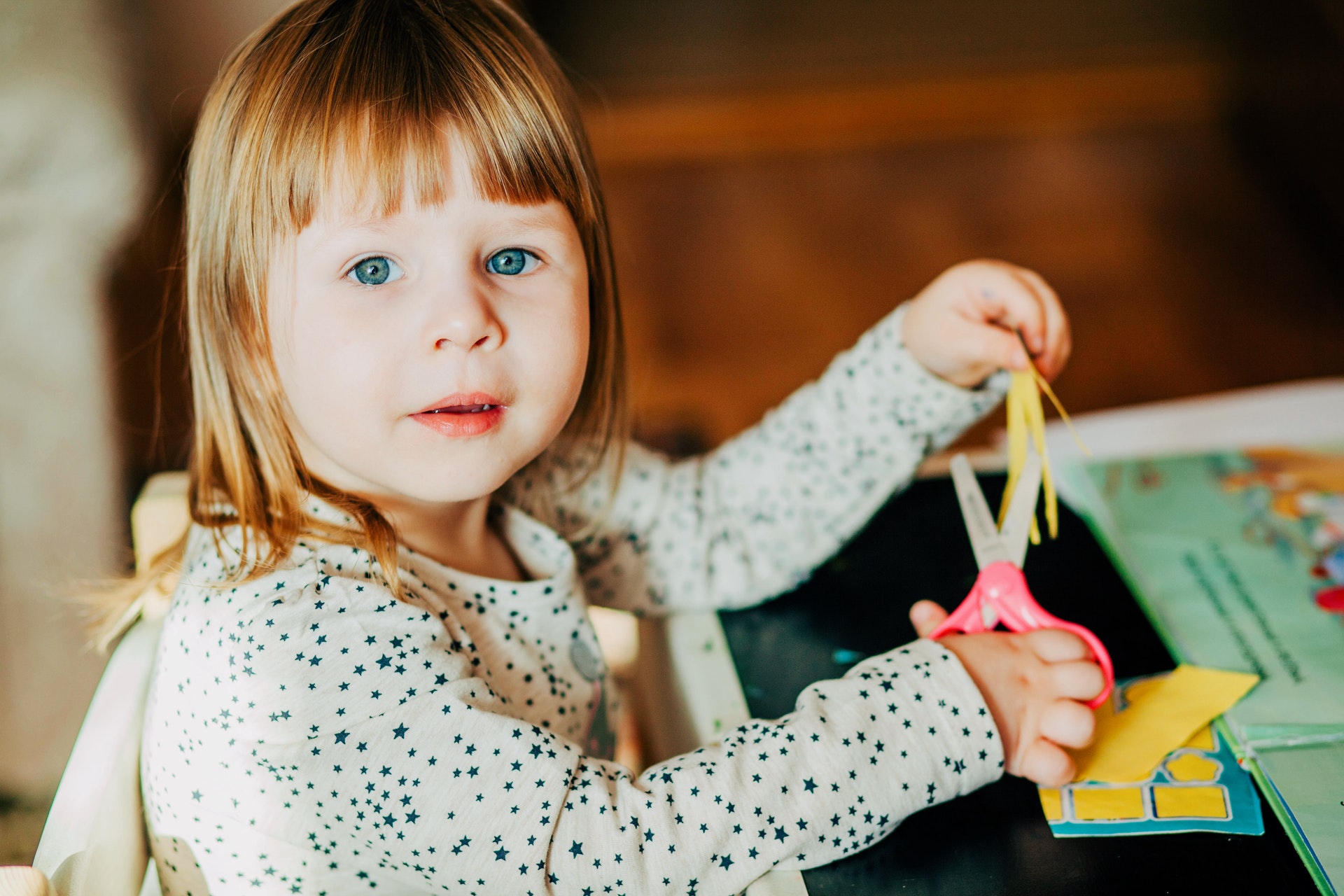Every year, about 4 million children attend kindergarten across the United States.
The curriculum that’s taught in a kindergarten classroom will depend on whether the children in that classroom are headed to a private or public school. The curriculum also depends on the region; some parts of the country place more emphasis on reading and math rather than the arts. In recent years, even kindergarten classrooms have seen an uptick in academic rigor—which prepares children for what life is like in elementary school, middle school, high school, and beyond.

Kindergarten Learning
What a child learns in kindergarten helps their mind become primed for elementary school. A high-quality kindergarten should include categories of learning like the following:
Physical Development
Concentrating on large motor skills (the movement of arms and legs) and fine motor skills (hands and fingers) is essential in helping a child learn how to control their body. Playing outside and being physical as a class helps with large motor skills, and doing activities like puzzles, drawing, and art addresses fine motor skills.
Social Development
Social development relates to how a child relates to and interacts with their peers, and kindergarten is a place where these skills begin to truly form. Children learn how to resolve disputes, make friends, and work cooperatively in a kindergarten classroom with activities geared toward this goal.
Emotional Development
Managing feelings (sometimes big ones) can be a great help in learning how to self-regulate over the course of a school day. Teachers can help children talk about their feelings and work through them in order to express what’s going on inside their heads.
Language and Literacy
Children in kindergarten develop communication through reading, writing, talking, and listening. Since literacy is such a critical skill, heavy emphasis is placed on starting it in the very early years.
Thinking and Cognitive Skills
A kindergartener is encouraged to ask questions, make observations, investigate for themselves, and learn how to solve problems independently.
Why Choose Kindergarten?
Kindergarten provides your child with the opportunity to practice important skills that they’ll carry with them not only through their academic career, but throughout the rest of their lives. This newfound autonomy is a huge milestone for your child—which is a part of why they love going to kindergarten so much.
By integrating kindergarten into their routine and having it become a place where your child learns, grows, and interacts with friends and teachers, it becomes a safe place they can look forward to going to every day.
Developing self-esteem is also an important component of being a kindergartener. By mastering new skills nearly every day, a child can feel good about themselves and all that they’re accomplishing. They’ll be confident in what they’re able to do and feel ready for whatever the next step may be.
Kindergarten also encourages curiosity. While children are naturally curious, many lack the focus or direction of where to put this curiosity, and kindergarten helps them direct that inquisitive nature into something they can learn from.
What Does a Good Kindergarten Look Like?
Everyone you ask will have a different idea of what a high-quality kindergarten looks like, but here are a few basic agreements on what should be present in a kindergarten classroom for it to benefit your child the most:
- It should expand your child’s mindset and give them the ability to learn about the world and organize the information that they absorb. It should also arm them with the tools needed to problem-solve on their own and with others. These things increase feelings of confidence, self-worth, and interest in school.
- It should provide formal and informal activities. Formal activities are led by teachers, and informal activities are initiated by the children. With these options, they can work by themselves or in small groups, depending on what feels right to them for the situation.
- Minimize large sit-down group activities. Instead of these traditional lessons, a good kindergarten will implement play-based and hands-on learning that takes place in small groups rather than one large one. As the year goes on, the groups can get continuously bigger in order to prepare for the shift of first grade.
- Encourage a love of reading with books, words, and children’s writing decorating the classroom.
Your Kindergartener
Every child is different, which means that every child will approach kindergarten differently. But with a good kindergarten program that prepares a child for what comes next, they’ll surely enjoy heading to school each day—pretty soon, it will probably become their favorite part of the routine. Fostering this love of school can only positively impact your child as they progress through their academic career.





















